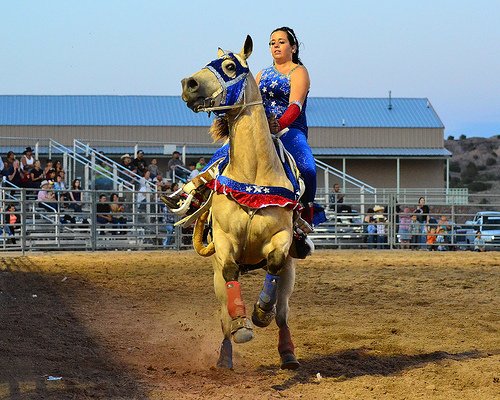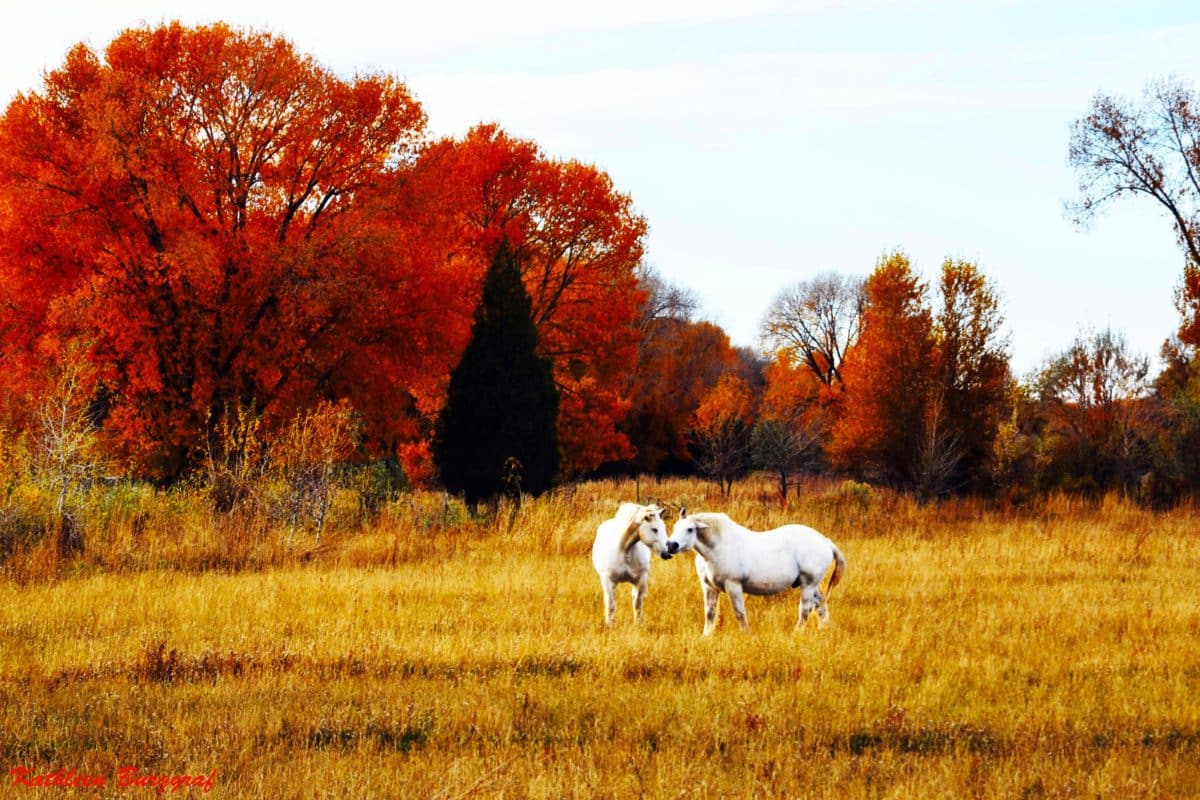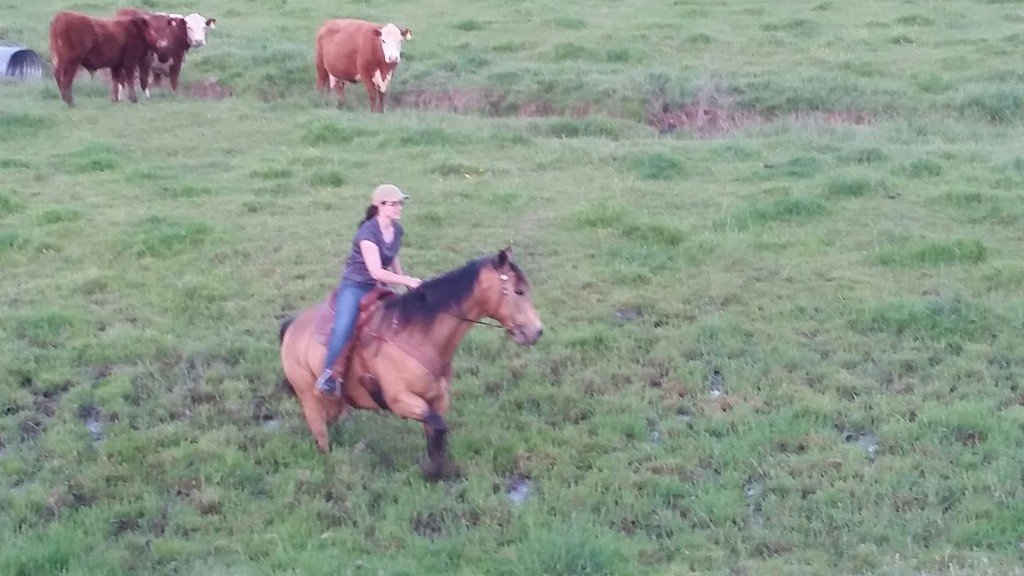
Oh yes, I just went there. This is a huge taboo to some people who insist that horses are working animals who should be classified as livestock while others prefer to treat them more like a pet dog or a human child. In case you haven’t read any of my other posts, I anthropomorphize the hell out of my animals when I write about them, but when I work with them I respect them for the half ton beasties that they are and I work with them as horses, not humans. I expect them to do their jobs and I am a stickler for rules. Too many times I hear people referring to a horse that has been anthropomorphized by its owner as “spoiled,” “ruined,” or “poorly trained.” When asked why they think the horse is this way, their answer seems to usually be “because the owner can’t stop anthropomorphizing him.”
When it comes to how we treat a horse physically, I agree that anthropomorphizing is dangerous and causes more problems than it solves. However, in many instances of the anthropomorphism debate, anthropomorphism is being applied to horses’ mental capacity and there is where I disagree with people who say it is dangerous to anthropomorphize. This is also where a lot of people seem to get hung up. They cannot separate physical anthropomorphism from mental anthropomorphism. So, what is the difference between the two forms of anthropomorphism?
Mental Anthropomorphism
When I refer to mental anthropomorphism, I am referring to a horse’s capacity for emotion, logic, and reason. Now I know this is the part where the anti-anthropomorphism people are getting their panties in a twist because the party line is that horses can’t have emotions, logic, or reason on the same level that people can. But let’s think about this for a moment. Emotions, logic, reason, and all of those other mental capacity-related abilities, whether it be in a human or a horse, come from the brain.
In 2016, scientists released an updated map of the human brain detailing 180 different regions, 97 of which had never been described before. That is over 50% of the human brain that we did not fully understand until just last year. Our understanding of the human consciousness is still evolving and changing every day. So, answer me this: if we are still learning so much about how our own brains work, how much do we really understand about how a horse’s brain works and is it even fair to call it anthropomorphizing when we can’t prove that it isn’t natural for horses to possess emotions, logic, and reason?
While conducting my research for this article, I was not able to find a single map of the equine brain. The closet I came was an estimate that the equine brain is about the size of walnut. Too many people look at that figure and say that it is proof enough that horses don’t have the same level of cognitive function as humans do. Maybe they’re right. But we’re not debating if the horse can do calculus or geometry or cure cancer or memorize the Iliad. We’re debating their capacity for emotion, logic, and reason. One little walnut still has room for billions of neurons and billions of neurons can carry a lot of emotion.
Physical Anthropomorphism
When I refer to physical anthropomorphism, I am referring to allowing a horse to exhibit behavior the might be considered normal for a human. An example of this is teaching a horse to rear. This type of trick training is becoming increasingly popular as videos of “natural horsemanship gurus” go viral across the web. These gurus promise people that it is safe to teach a horse to rear on command as long as the horse understands that they are to only do it when commanded to do so. They do not realize the inherent danger in what they are doing.
A human stands on two legs because that is what we have evolved naturally to do. It is how we are built to move. Horses are built to move on four legs. Teaching a horse to walk like a human has the potential to harm the horse if it flips over backwards and the rider if someone is on the horse when it flips over backwards. The situation could potentially become deadly very quickly. A horse that goes over backwards, even without a rider on their back could damage their spine, withers, neck, back, ribs, pelvis, and just about every vital organ in their body depending how they land.
This type of trick training is often attempted by amateurs who don’t know what they are doing. So, rather than teaching the horse to rear on command, they accidentally teach the horse to rear a way to escape pressure and, suddenly, in the horse’s mind, the rear becomes an out for ever uncomfortable situation he encounters. In this way, physical anthropomorphism is extremely dangerous in the wrong circumstances. It is also dangerous when expecting horses to have the same physical needs and comforts as humans such as special blankets and the “need” to be cooped up in a stall all day.
So how dangerous is anthropomorphism?
In the wrong circumstances, anthropomorphism is dangerous, particularly when used in the context of physical anthropomorphism. However, the use of anthropomorphism in reference to a horse’s personality, intelligence, and mental capacity, is not harmful as long as it is not taken to extremes.
Photo by Larry1732









